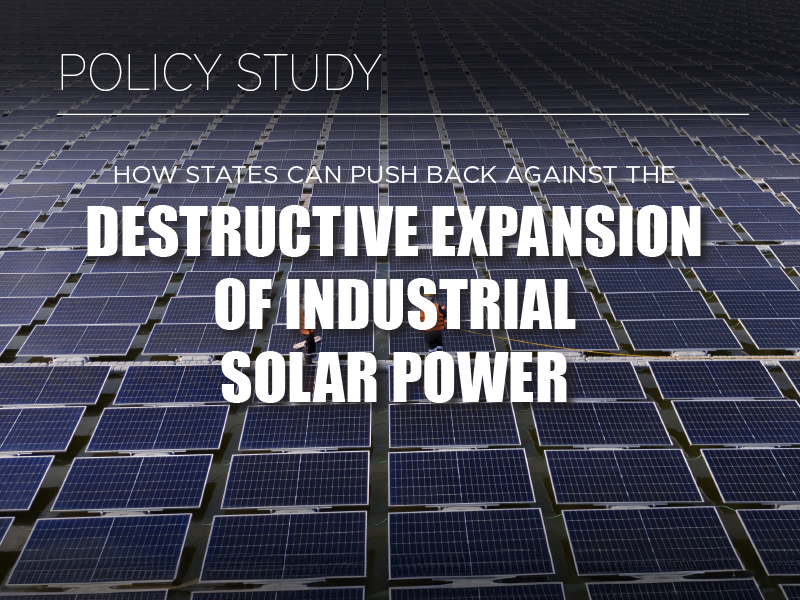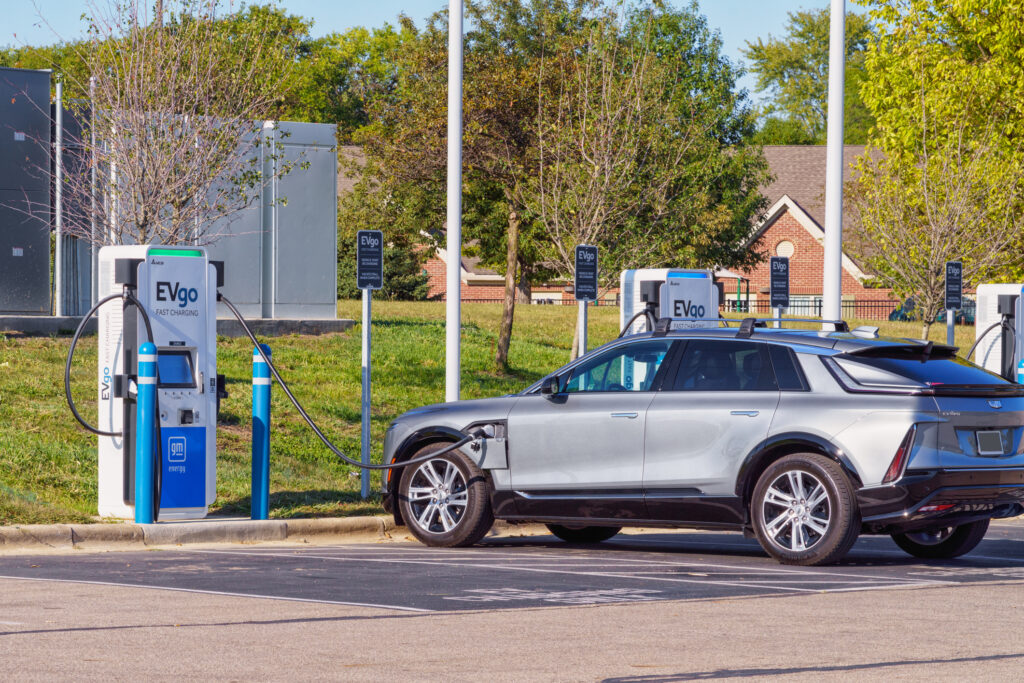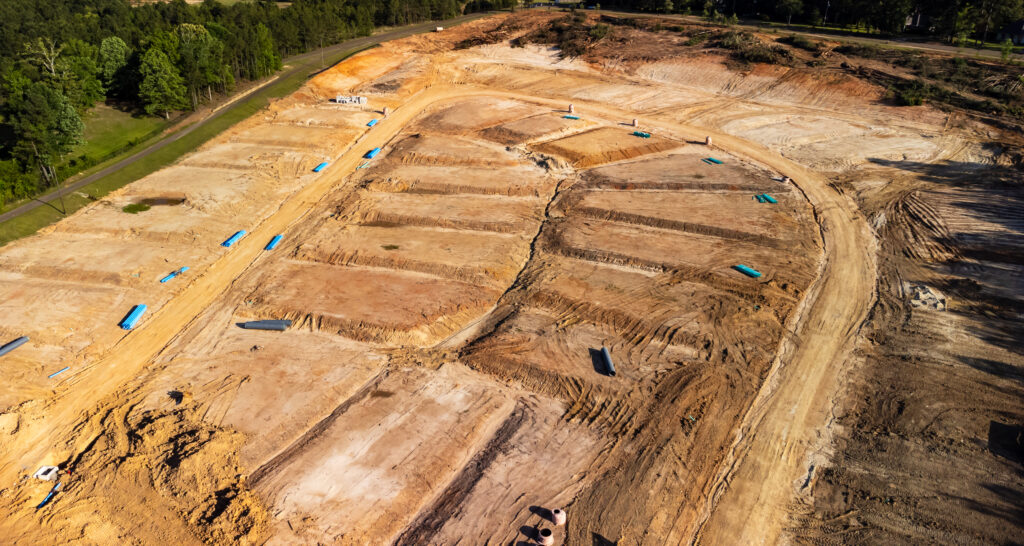Introduction
U.S. industrial solar development has increased dramatically in recent years, spurred by aggressive governmental regulations, subsidies, and other incentives. In 2024, the U.S. solar industry installed a record-high 49.99 gigawatts direct current (GWdc) of solar capacity, an increase of 23 percent from 2023.[1] Industrial solar installation comprised more than 80 percent of this growth, increasing 33 percent from 2023.[2]
As opposed to residential solar installations, which are placed on rooftops and used primarily for property owners’ electricity consumption, industrial solar installations are typically ground-mounted and designed for larger-scale electricity generation. Industrial solar projects, which can be considered synonymous with “utility-scale solar” for the purposes of this paper, sell the electricity they generate directly to utilities to provide power for the electric grid.[3]
Climate alarmists and their allies in government and the private sector herald the use of solar power and other renewable energy sources as critical to prevent or mitigate what they claim is an impending climate catastrophe caused by anthropogenic greenhouse gas emissions. Yet, the expansion of industrial solar capacity creates an analogous increase in significant economic and social costs, many of which are hidden or externalized. Further, industrial solar wreaks havoc upon the environment, destroying the very thing its adherents claim they desire to protect. Even if one accepts the nebulous theory that the planet is nearing an apocalyptic precipice, the costs associated with solar power far outweigh the marginal benefits.
As more states consider expanding their solar footprint, it is vital for policymakers to examine the full consequences of this energy source. This papersummarizes the myriad problems associated with industrial solar expansion—and the reliance upon solar energy more generally—and concludes with a set of concrete solutions policymakers should consider to protect their states.
Major Problems Caused by Industrial Solar
From problems including the destruction of farmland and natural habitat to electric grid destabilization and increased costs to consumers, the expansion of industrial solar power is far from impact-free.
[1] Solar Energy Industries Association, “Solar Market Insight Report 2024 Year in Review,” March 11, 2025, https://seia.org/research-resources/solar-market-insight-report-2024-year-in-review/
[2] Solar Energy Industries Association, “Solar Market Insight Report 2024 Year in Review.”
[3] Definitions of industrial or utility-scale solar vary. Some organizations define such a project as generating greater than one megawatt of energy, while others use a five-megawatt threshold. Some markets use a threshold as high as 25 megawatts and up, while others use a much lower threshold. The common theme is that these installations all generate large-scale power for the electric grid. See: Urbangridsolar.com, “What Is Utility-Scale Solar? An Overview,” August 18, 2019, https://www.urbangridsolar.com/what-is-utility-scale-solar-an-overview/





